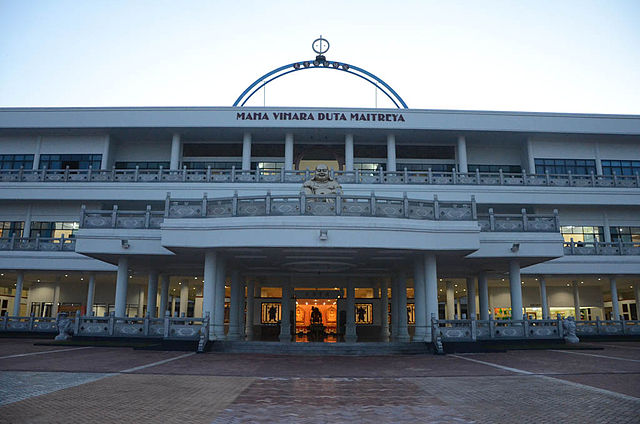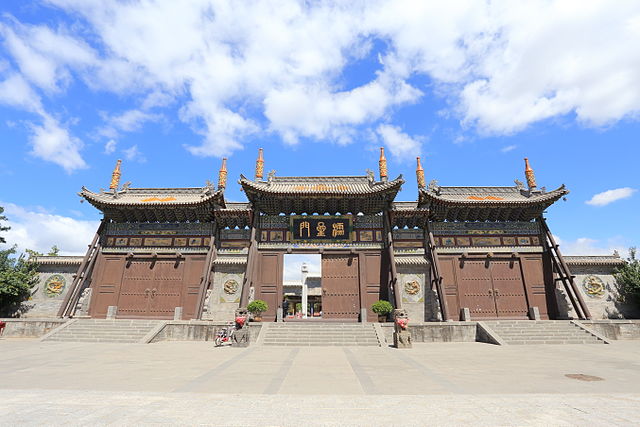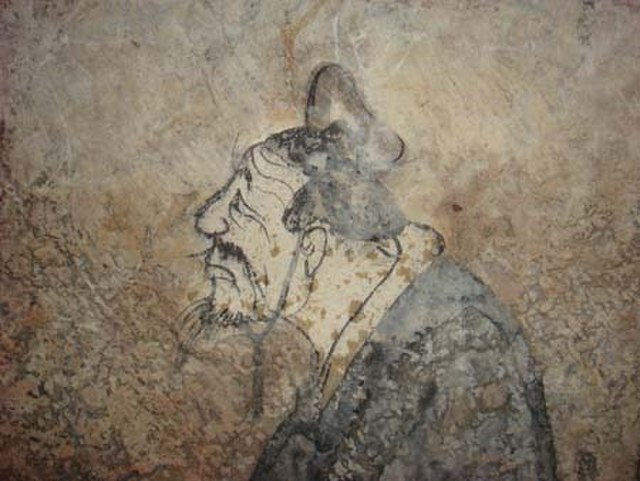Chinese salvationist religions
Chinese salvationist religions or Chinese folk religious sects are a Chinese religious tradition characterised by a concern for salvation of the person and the society. They are distinguished by egalitarianism, a founding charismatic person often informed by a divine revelation, a specific theology written in holy texts, a millenarian eschatology and a voluntary path of salvation, an embodied experience of the numinous through healing and self-cultivation, and an expansive orientation through evangelism and philanthropy.
① A church of Yiguandao in Batam, Indonesia.
② The Luanist Rebirth Church (重生堂 Chóngshēngtáng) in Taichung, Taiwan.
Temple of the Founding Father (师祖殿 Shīzǔdiàn) of the principal holy see (圣地 shèngdì) of the Plum Flower sect, related to Baguadao, in Xingtai, Hebei.
The City of the Eight Symbols in Qi, Hebi, is the headquarters of the Weixinist Church in Henan.
Confucianism, also known as Ruism or Ru classicism, is a system of thought and behavior originating in ancient China, and is variously described as a tradition, philosophy, religion, theory of government, or way of life. Confucianism developed from teachings of the Chinese philosopher Confucius (551–479 BCE), during a time that was later referred to as the Hundred Schools of Thought era. Confucius considered himself a transmitter of cultural values inherited from the Xia (c. 2070–1600 BCE), Shang (c. 1600–1046 BCE) and Western Zhou dynasties (c. 1046–771 BCE). Confucianism was suppressed during the Legalist and autocratic Qin dynasty (221–206 BCE), but survived. During the Han dynasty, Confucian approaches edged out the "proto-Taoist" Huang–Lao as the official ideology, while the emperors mixed both with the realist techniques of Legalism.

Temple of Confucius of Jiangyin, Wuxi, Jiangsu. This is a wenmiao (文庙), that is to say a temple where Confucius is worshipped as Wendi, "God of Culture" (文帝).
Gates of the wenmiao of Datong, Shanxi
Confucius in a fresco from a Western Han tomb in Dongping, Shandong
Painting of Confucius donning traditional robes, by Wu Daozi, 8th century








